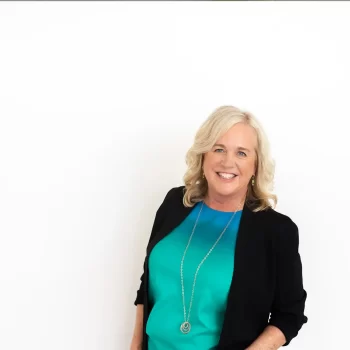How To Price Your Offer: For Coaches, Consultants and Creators
How did you set the price of your most recent offer?
- Did you research businesses with similar offers and price your offer below that?
- Did you set a price based on what you think your clients can afford?
- Do you not remember because you’ve been charging the same price for so long you’re worried you’re going to lose clients if you change it?
All of these will get you to a price, but not one of them gives you perspective on whether or not that price can help you build a sustainable business that brings in good, consistent money.
So let’s reverse engineer the process. The big idea is simple. If you want to make $500,000 in annual revenue and you sell a product for $500, you’ll need to sell 1,000 of them to hit your goals.
Here is a 6 step process I recommend for pricing your products:
Determine an annual revenue goal for your business. This should be enough to not only cover your business expenses but also to pay yourself a salary that reflects your expertise and experience
Pick a price for your offer. You can base it off of one of the methods I mentioned above or put in your “dream” sales price
Determine how many of your offers you will need to sell a year to hit that goal
Divide that number by 12 to get how many you will need to sell a month to make sure it still seems realistic
Spend some time balancing the number you need to sell with the price. Remember, the goal here is to figure out how you will get to your revenue goal
Now look at that price number again, does it cover the cost associated to make it? If the associated cost is your time, does the price adequately reflect your value? Remember that it needs to cover your costs (including time) with enough left over to cover your business expenses.
Obviously, your pricing needs context. So I’m not saying you shouldn’t consider your industry, your competitors, and affordability. These are all factors in setting prices. But you also have to remember that you’re building a business. And if you’re selling a gajillion of something but not covering your costs and paying yourself a healthy salary, it’s not a business that’s going to be sustainable over the long term.
One last thought. Pricing isn’t a one-time decision; it’s an ongoing process. Regularly assess and refine your pricing to stay on the path toward your revenue goals.
If you’re worried about raising your prices and the impact it will have on your business, check out this post.
And if you’d like some help working step by step through this exact process including a done-for-you pricing calculator where all you have to do is type in your offers, check out my Pricing Toolkit.
This post is part of a series: 8 Secrets for Designing Offers People Want to Buy




